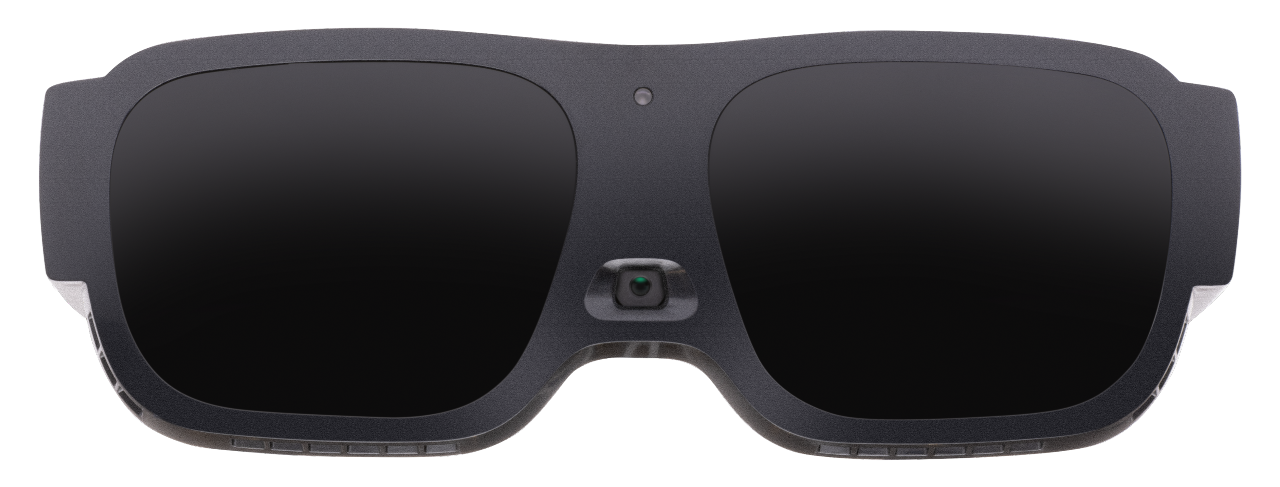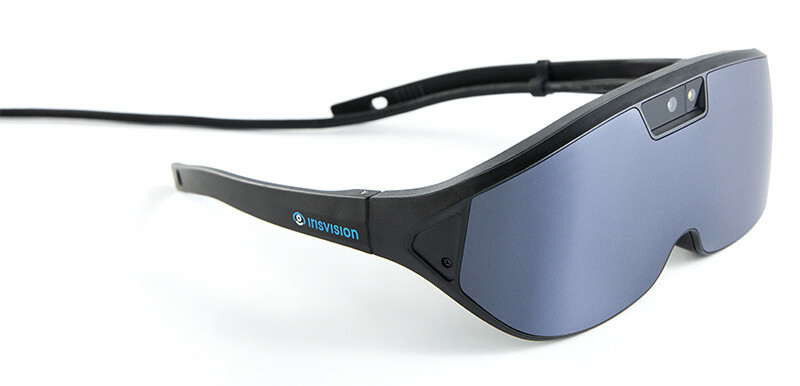Ingenious Solutions in Assistive Modern Technology for Visual Problems
The landscape of assistive innovation for aesthetic problems is progressing quickly, offering a variety of ingenious solutions that enhance ease of access and self-reliance. From sophisticated mobile phone applications that assist in navigation to wearable tools developed for real-time assistance, these tools are reshaping the experiences of those with visual disabilities.
Improvements in Smartphone Applications
In the last few years, developments in smart device applications have actually significantly changed the landscape of assistive technology for individuals with aesthetic problems. These applications utilize the effective sensing units and abilities of contemporary mobile phones to supply customers with devices that boost freedom and access in their day-to-days live.
Remarkable amongst these technologies are applications made for things acknowledgment, which use the mobile phone's video camera to identify items and give spoken summaries. Such features empower users to navigate their settings extra properly, whether recognizing products in stores or locating individual valuables in your home. Additionally, text-to-speech applications have actually enhanced considerably, allowing users to record published message via their device's video camera and receive instant audio feedback, thereby assisting in analysis and comprehension.
Navigating applications customized for aesthetically impaired customers have actually likewise arised, using acoustic support and in-depth location information. These devices give critical assistance for flexibility, enabling users to pass through strange rooms with confidence. Community-driven applications have actually cultivated social communication and resource sharing among people with aesthetic problems, producing a helpful network that boosts their quality of life. Generally, mobile phone applications have ended up being indispensable allies in promoting autonomy and ease of access for individuals with visual impairments.
Wearable Tools for Navigating
Wearable gadgets for navigation have emerged as a groundbreaking option for individuals with visual problems, supplying hands-free aid that improves wheelchair and alignment. These tools commonly utilize sophisticated technologies, consisting of GPS, ultrasonic sensing units, and expert system, to offer real-time responses and instructions to users as they navigate their environment.
One notable example of wearable navigating innovation is clever glasses, which can discover challenges and relay auditory or haptic responses to the user, permitting safe and efficient movement in various settings. Various other tools, such as vests and belts geared up with sensors, can similarly notify users of their environments by offering signals about nearby items or changes in surface.
In addition, numerous wearable tools incorporate with smartphone applications, allowing customers to customize their navigation preferences and receive customized course ideas. This customization can substantially improve the individual experience, equipping individuals to take a trip with greater confidence and independence.
As innovation continues to create, the potential for wearable navigating gadgets to improve the lifestyle for individuals with visual disabilities remains significant, paving the way for even more comprehensive and available settings.
Smart Home Modern Technology Combination

In addition, clever devices furnished with tactile user interfaces or auditory comments give user-friendly communications that provide specifically to the requirements of those with visual problems. Smart fridges can announce their components and expiration days, while clever stoves can assist individuals with the cooking procedure with audio directions.
Home automation systems, such as wise buzzers and safety cams, use comfort by permitting customers to get alerts and access live feeds using their mobile devices, improving personal safety and security (AI-powered visual aids). Furthermore, assimilation with tablets and smart devices guarantees that users can manage their home setting from anywhere within their premises
As clever home technology proceeds to develop, it holds the potential to transform the living experiences of people with visual disabilities, fostering self-reliance and improving lifestyle in a progressively connected world.

Educational Equipment and Resources
Access to reliable instructional tools and sources is crucial for people with visual impairments, as it encourages them to engage fully in their learning experiences. Various assistive modern technologies have been created to boost availability and foster independent discovering.
Furthermore, educational software application specifically developed for aesthetically impaired customers offers attributes such as high-contrast modes and personalized message dimensions. These devices suit varied understanding styles and make sure that trainees can customize their instructional experience to their demands.
Additionally, accessibility to audio publications and digital collections increases the variety of available knowing products, allowing trainees to check out subjects extensive without the limitations enforced by standard print sources. Collaborative systems that integrate accessibility attributes additionally facilitate group projects, making certain that aesthetically damaged trainees can contribute meaningfully together with their peers.
Neighborhood Support and Engagement
A durable network of area assistance and interaction is essential for individuals with visual disabilities, cultivating a comprehensive setting where they can grow. Neighborhood organizations, neighborhood campaigning for teams, and volunteers play a pivotal role in supplying sites resources, details, and companionship, which are vital for improving the lifestyle for those affected by aesthetic impairments.
Involvement activities such as workshops, get-togethers, and support system not only help with skill advancement but likewise promote social interaction, lowering sensations of isolation. These efforts motivate individuals to share experiences, successes, and challenges, thereby strengthening community bonds. Additionally, collaborations with regional companies can cause higher ease of access in public spaces, additionally incorporating people with aesthetic disabilities into the neighborhood.
Innovation also enhances area involvement with on-line platforms that supply online support teams and resources, enabling individuals to attach regardless of geographical obstacles. By taking advantage of both digital and Check Out Your URL in-person services, areas can develop a comprehensive assistance network. Eventually, cultivating cooperation amongst different stakeholders-- consisting of family members, instructors, and healthcare professionals-- makes certain that individuals with aesthetic impairments get the all natural support needed to browse every day life successfully and with self-respect.
Conclusion
Cutting-edge remedies in assistive modern technology for aesthetic problems significantly improve the quality of life for people dealing with these difficulties. The assimilation of mobile phone applications, wearable gadgets, clever home technology, and instructional devices promotes greater freedom and ease of access.
The landscape of assistive modern technology for aesthetic impairment is developing swiftly, providing a range of ingenious solutions that boost ease of access and independence. Community-driven applications have fostered social communication and resource sharing among people with visual problems, developing an encouraging network that boosts their quality of life. Generally, smartphone applications have actually become crucial allies in advertising freedom and accessibility for people with aesthetic problems.
Several individuals with visual problems are locating better autonomy via the integration of wise home technology.Cutting-edge services in assistive technology for aesthetic problems substantially enhance the top quality browse around here of life for people encountering these challenges.